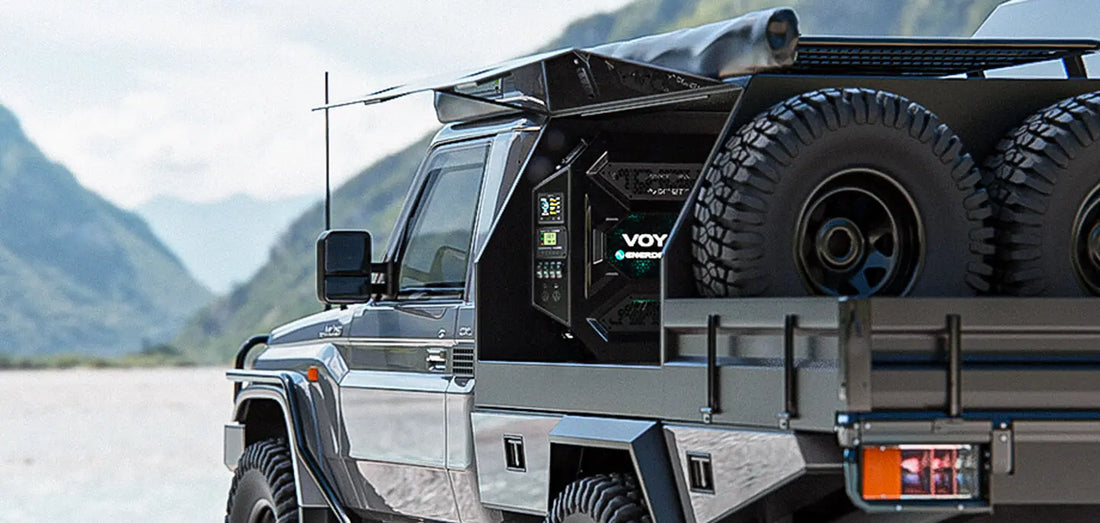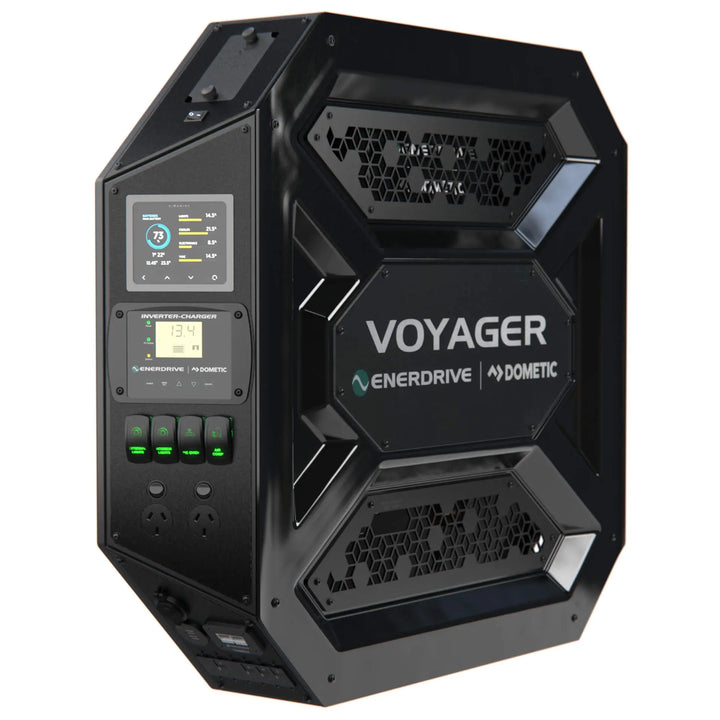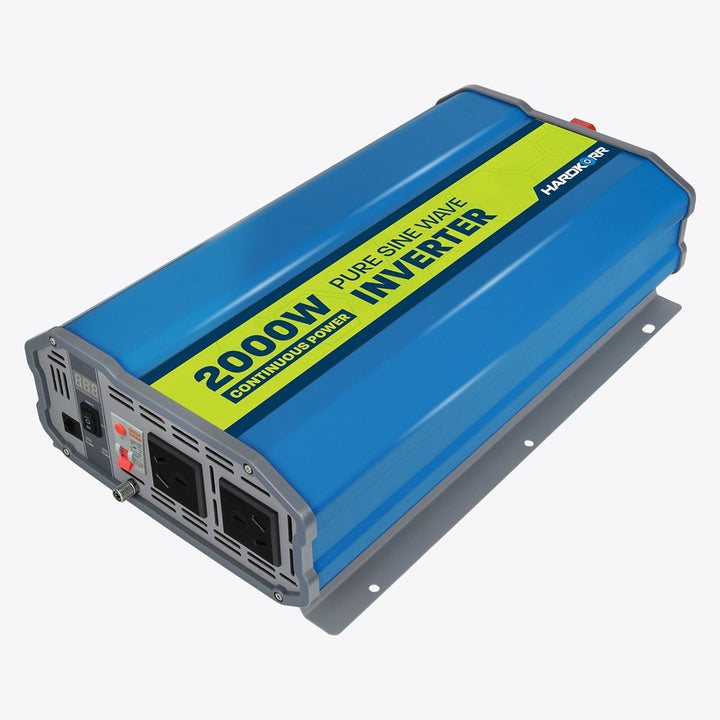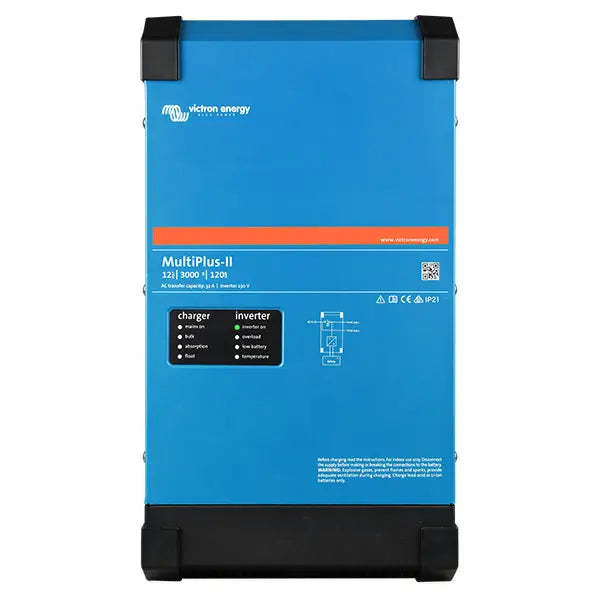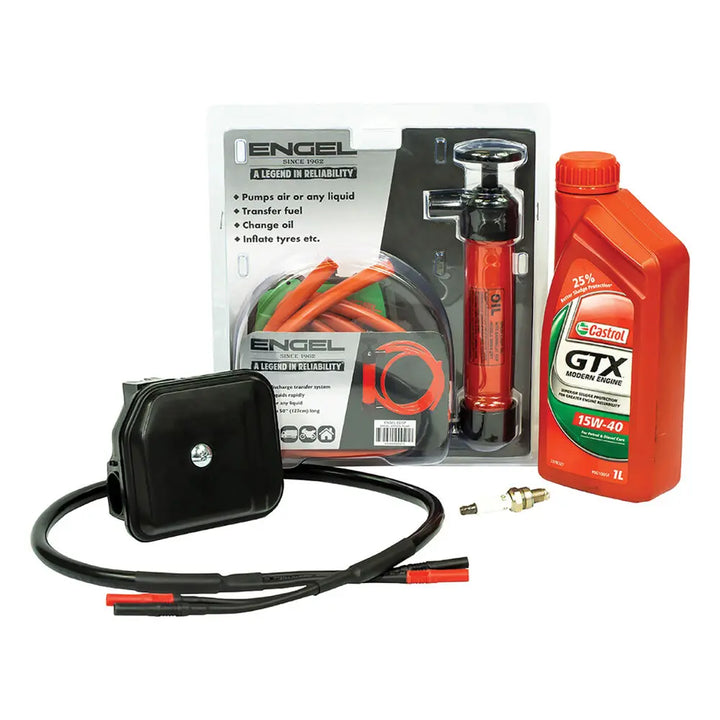Ask anyone who’s actually lived out of a caravan, canopy or cabin cruiser for a few months: the electrical system makes or breaks the trip. You can cobble together a "box of bits", or you can start with a pre-wired board that’s already solved the gnarly parts.
The Enerdrive Voyager System – 3000W / 100A inverter-charger with 40A DC-DC and Simarine SCQ50 sits squarely in the second camp, and it shows.
This isn’t a sales spiel; think of it as field notes from countless fit-outs, long weekends and the odd Big Lap - where coffee machines, fridges and laptops had to work every time.
Who actually needs this?
- Caravan tourers who want real 240 V for kettles, induction cooktops, microwaves and the odd stick vac - without wheeling out a generator at every stop.
- Tradies and photographers running a powerful canopy system: fridges, chargers, lights, even a compact corded tool when needed.
- Boaties who value silent AC and tidy DC distribution more than bragging rights.
- Digital nomads juggling mobile devices who’d rather watch charge graphs than guess.
If that sounds like your crew, Voyager’s mix of parts and layout will feel strangely... stress-free.
What the box actually does
At the heart is a 3000 W pure sine inverter paired to a 100 A AC charger. Park at a powered site and that charger hauls the house battery back up fast; unplug and the inverter provides smooth AC to your GPOs. A 40 A DC-DC takes care of alternator charging while driving and harvests from solar panels via the built-in MPPT when you’re camped. On many boards you’ll also find a twin RCD protected powerpoint for safe grid-connected use - simple, compliant and easy to label.
The DC side isn’t afterthought spaghetti either. Proper busbars, fusing and isolation points mean you can trace a fault in minutes, not hours. Add the Simarine SCQ50 and you can see battery loads, charge input and individual circuit draws rather than a single vague "percentage left" number. That feedback loop is addictive in the best way.
Why people choose Voyager over alternatives
Integration beats improvisation. You can absolutely build an equivalent stack from separate components. Many of us have. But by the time you’ve sorted enclosure layout, crimped lugs, sourced breakers, labelled looms and redone the bits that didn’t quite fit, your "cheap DIY" has consumed hours of physical prototype work. Voyager feels like the product of physical prototype testing, not a Saturday afternoon guess.
Compliance is baked in. AC protection and earthing aren’t optional in Australia. Voyager’s grid power capabilities - RCD/MCB, sensibly routed actives and neutrals, strain reliefs - reduce the chances of rookie mistakes, and they keep the sparkie signing off on your install happy.
Monitoring changes behaviour. With Simarine channels watching fridge, sockets, lights and chargers, you quickly learn what costs you daylight and what doesn’t. That turns "range anxiety" into a numbers game: you’ll know when the sun and alternator cover your needs and when to rein it in.
Real-world use in Australia
Caravan example. Two 200 Ah lithiums, 600–800 W on the roof, Voyager board in the front locker. Mornings: boil the kettle, run the coffee machine, toast crumpets. Daytime: solar recovers the bank; the SCQ50 shows exactly what the fridge and water pump are drawing. Evenings: watch a movie, charge cameras and laptops. If you drop into a holiday park mid-trip, that 100 A charger gives you a proper top-up before the next leg.
Canopy example. 200–300 Ah lithium under the false floor, roof solar panels and an Anderson plug socket at the towbar for a portable blanket. The 40 A DC-DC keeps the battery happy on the commute; the inverter handles a heat gun or grinder for short bursts; the intelligent face panel design and labels mean a quick glance tells you what’s on and what’s tripped.
Boat example. Modest lithium bank, compact solar on the bimini. Kettle and sandwich press for lunch, silent nights with the fridge cold and the sounder bright. No genny drone, no guesswork.
Is 3000 W overkill?
Not if you want "house-like" AC in a 12 V world. A 3000w/100a inverter charger unit gives breathing room for everyday appliances. It does, however, demand appropriate cabling, fusing and batteries. For most Aussie rigs chasing genuine off-grid comfort, 300-400 Ah of LiFePO₄ is the sweet spot; caravans pushing heavy AC cooking should plan higher. On the input side, an array near 830 W on a van is a pragmatic goal if roof real estate allows. That’s how you maintain the generation off grid power you’re spending, instead of relying on mains every third night.
Built like a product, not a project
Enerdrive didn’t throw this together. The clean wiring paths and service loops look like the outcome of extensive research, research on new manufacturing and refined manufacturing methods rather than a single prototype. The board feels like a platform, delivering truly next generation touring electrics without locking you into a strange ecosystem. Want extra DC outlets, a second Anderson plug socket, or dedicated feeds for fridges and chargers? The distribution and labelling make that expansion boring-in the best possible way.
Pitfalls to avoid (so you don’t blame the board)
- Undersized batteries paired with café-level appliance dreams. Be honest about your loads.
- Long DC runs to high-draw inverters. Short, fat cabling beats elegant but voltage-starved routes.
- No solar plan. A 3000 W inverter with a token panel will disappoint; set up for proper harvest.
- Skipping the sparkie. AC work in Australia isn’t a hobby. Bring a pro in to land outlets and test RCDs.
The bottom line
For travellers, tradies and tinkerers who want a tidy, serviceable electrical backbone that just works, the Enerdrive Voyager 3000W is the sane choice. It turns a pile of parts into a coherent system with real-world resilience: fast mains charging, capable off-grid AC, honest monitoring and DC distribution that won’t bite you later.
You can keep tinkering forever - or you can start enjoying the trip. Voyager makes a strong case for the latter.

